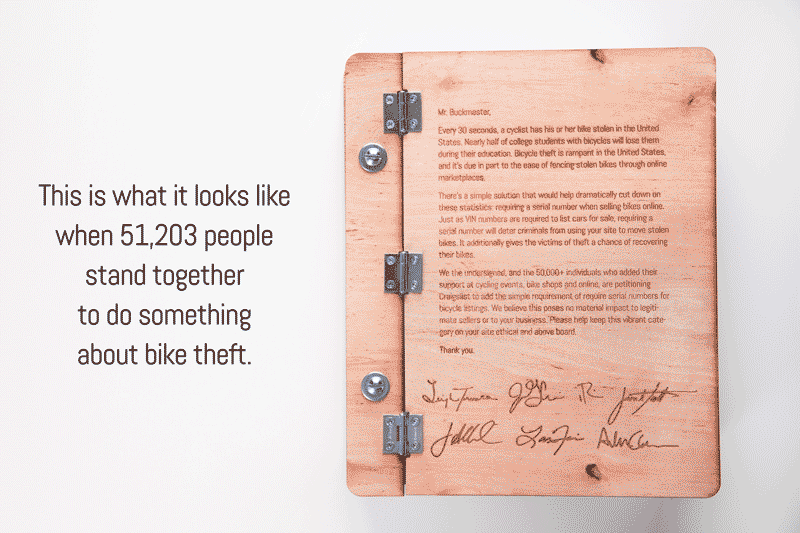See the sticker circled in the image above? That's BikeSeal, a three-company collaboration that claims to combine "bank-level digital security with the power of social media to tackle the growing problem of bike theft and recovery."
This
press release lists BikeSeal's developers—"INSIDE Secure, a leader in embedded security solutions for mobile and connected devices, Selinko, the object identification company, and Cherry On, a company committed to reducing the problem of lost and stolen bikes"—but otherwise contains a combination of jargon and platitudes that I found less than comprehensible. I dug a little, though, and was able to demystify matters slightly.
Selinko seems primarily concerned with certifying the authenticity of such products as wine, perfume, and leather goods, but the "new, discreet, and easy-to-integrate identification solution" it has developed to foil would-be counterfeiters of luxury goods can also reliably associate a bicycle with its rightful owner. You affix a tag with an NFC (= near field communication) chip in it to your bicycle, and subsequent scanning with a properly equipped phone will identify the bike as yours.
Why can't a thief just remove the chip? Because
Selinko's bike-specific NFC tag boasts "permanent adhesive," a fact I also gathered from
Cherry On's promotional video. The video is only available in French and Dutch, neither of which I understand, but this illustration spoke
almost as loud as words:
(If anyone who knows French or Dutch wants to watch the video and tell me what the voiceover is saying at ~0:55, I'd appreciate it. I'm not sure what the drawing in the bottom right is supposed to indicate. That the tag can't be removed even with solvents?)
Cherry On's contribution to BikeSeal, from what I can gather in spite of the language barrier, is the social media/community mobilization side of things.
This is all reminiscent, of course, of efforts underway elsewhere. Some combination of tagging, technology, and tapping into networks of concerned citizens/cyclists figures into the work of
Bike Shepherd,
Bike Index, and
Project 529. Might bike owners gain the upper hand at last, both here and across the pond?


























